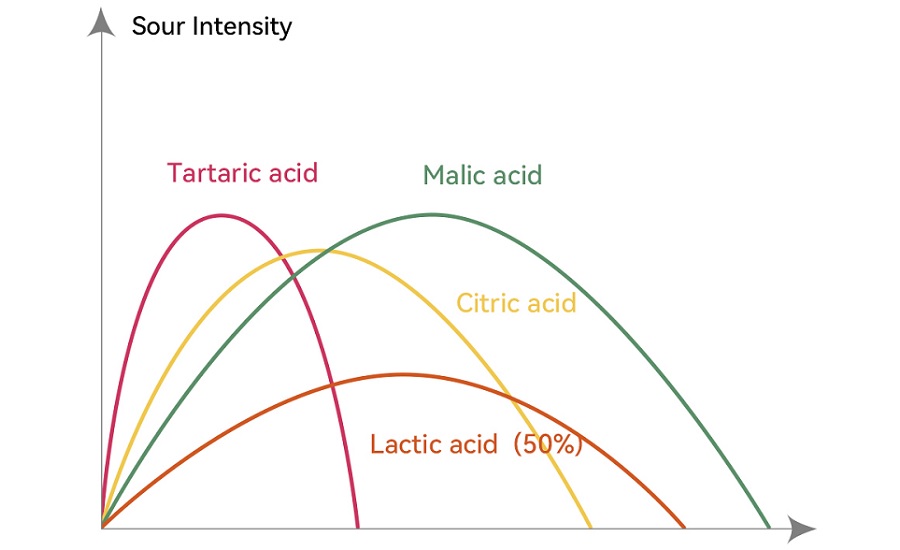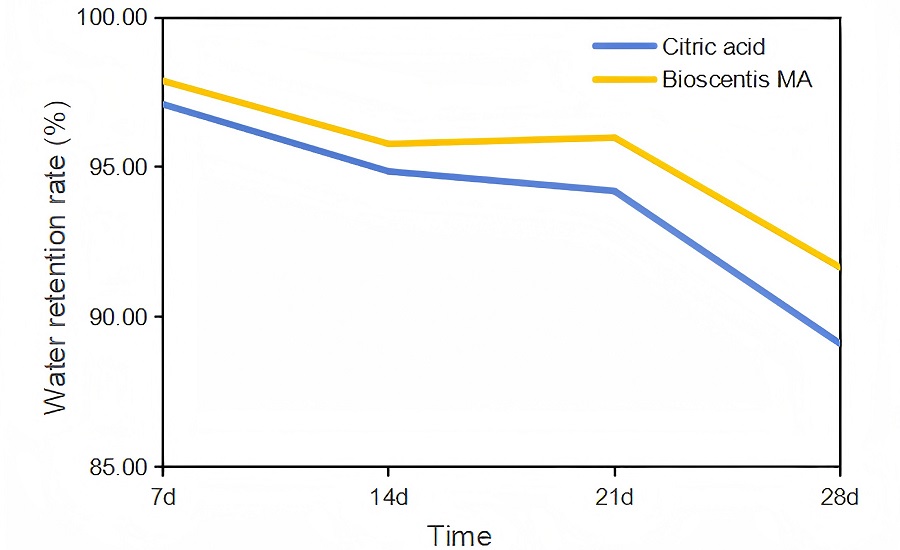As health awareness and demand continue to grow, the candy industry is also rapidly adapting to new consumption trends. In order to reduce the risk of disease and obesity, "low-sugar" and "sugar-free" candies have become the key to promoting candy innovation and influencing consumer choices. At the same time, functional candies with additional health benefits—such as candies that promote sleep, improve general health, enhance beauty, or protect vision—are becoming increasingly popular. In addition, natural, organic, and sustainable ingredients have also become important considerations for consumers when buying candy, especially among Millennials and Generation Z consumers.
Sweetness is synonymous with candy, and people's original intention of eating candy is to pursue taste enjoyment. Therefore, in the evolution of candy, taste remains the top priority. In order to meet people's demand for both deliciousness and health, the candy industry continues to introduce innovative raw materials. A variety of functional sugars are gradually replacing traditional sucrose in the market, and achieving the right balance between sweetness and tartness in candies is crucial. To this end, the candy industry is also constantly seeking new acidulants to complement the flavors of functional sugars and health-focused ingredients.
Bioscentis MA: Elevating Confectionery with a Superior Sour Sensation
Anhui Huaheng Biotechnology Co., Ltd. (AHB) has launched the Bioscentis series of healthy ingredients, among which Bioscentis MA (bio-based L-malic acid) provides innovative solutions for the confectionery industry with its excellent taste, safety, reduced carbon emissions, and outstanding properties.
Bioscentis MA is an organic acid acidulant that can give food a pleasant and lasting sour feeling. Its unique fruity sour flavor can make the sweet and sour taste of candies more harmonious and the taste more rounded. Commonly used organic acid acidulants in the food industry include citric acid, malic acid, lactic acid, tartaric acid, and acetic acid. As shown in Figure 1, different organic acids have different sour characteristics [1]. Citric acid has a strong but short-lived sour taste, a citrus fruit flavor, and the acidity quickly reaches its peak and then drops sharply. In contrast, the acidity of Bioscentis MA is 1.2 times that of citric acid, and it has a higher buffering capacity. Bioscentis MA has an apple-like fruit flavor, and the acidity slowly reaches its peak and then slowly decreases. The sour taste is long-lasting and the taste is soft.

The taste time and peakness of major organic acids.
[1] Guifu Y. The uses of main edible organic acids and international market trends[J]. China Food Additives. 1994;(04):43-50.
Bioscentis MA: A multifunctional solution for the Confectionery Industry
Bioscentis MA is versatile and can be used across various candy categories, such as gelatinized candy, hard candy, aerated candy, gum-based candy, and pressed candy.
For fruit-flavored candies, Bioscentis MA can enhance the fruit flavor in candy with its natural apple sourness, making the fruit flavor more intense and distinct.
In hard candy, sucrose conversion will cause the surface of the candy to be sticky, and Bioscentis MA can reduce sucrose conversion, thereby extending the shelf life. It also has a lower melting point than citric acid, allowing it to dissolve more quickly and evenly during hard candy manufacturing.
In the sugar-free pectin gel system, as shown in Figure 2, the malic acid pectin gel system exhibits higher shear stress and has higher elasticity and viscosity than the citric acid pectin gel system [2]. Since malic acid has a stronger buffering capacity than citric acid, the pH system is more stable when gel-promoting ions are added, and the strength of the sugar-free pectin gel with malic acid is greater.
![Figure 2: Frequency (1s-1)dependence of shear stress (Pa) pectin gels with malic and citric acids[1]](/ext/resources/SFWB/2024/Aug/Shear-stress-Log-scale-Feature-2.jpg)
Frequency (1s-1)dependence of shear stress (Pa) pectin gels with malic and citric acids
[2] Marques C, Sotiles A R, Farias F O, et al. Full physicochemical characterization of malic acid: Emphasis in the potential as food ingredient and application in pectin gels[J]. Arabian Journal of Chemistry, 2020, 13(12): 9118-9129.
When comparing sugar-free pectin gummies containing Bioscentis MA and citric acid, accelerated testing over one month revealed differences in water release rates. Figure 3 shows that the water retention rate in Bioscentis MA pectin gummies is significantly higher than in those containing citric acid, indicating a more stable pectin gel system in the former.

Effect of different acids on water retention of sugar-free pectin gummy
Image courtesy of AHB
Bioscentis MA: The Unparalleled Choice for Health and Sustainability
In recent years, there has been a shift in Western countries from using DL-malic acid to L-malic acid in candies, driven by health considerations. Traditional industrial production of L or DL-malic acid typically uses fossil-based raw materials (such as maleic anhydride or fumaric acid), whereas Bioscentis MA, produced through fermentation, is derived from corn, aligning with the demand for green and healthy products.
Unlike DL-malic acid, which is synthesized chemically, L-malic acid occurs naturally in vegetables and fruits and is involved in the human body's TCA cycle. L-malic acid is approved for use in infant food by international official organizations such as WHO, FAO, USDA and EFSA; while DL-malic acid is prohibited from use in infant food because infants cannot quickly metabolize the D-isomer, which can cause acidosis [3]. Additionally, L-malic acid is approved by USDA NOP for use in "organic" or "organic-containing" processed products. This further attesting to the safety and health benefits of Bioscentis MA.
AHB produces Bioscentis MA using 100% green electricity. The fermentation process not only reduces the carbon footprint but also results in each ton of Bioscentis MA produced absorbing 0.33 tons of CO2 from the air, achieving sustainability of raw materials and production processes.
Looking ahead, Bioscentis MA is set to continue driving health and sustainability trends in the confectionery industry. As consumer awareness of health and environmental issues grows, and as the demand for organic and natural foods increases, Bioscentis MA is poised to gain a larger market share due to its healthful attributes and reduced environmental impact. Its position as the preferred natural acidulant is likely to strengthen, given its versatility and stability, paving the way for its use in a broader range of food applications and fostering continuous innovation and product line expansion.
References
[1] Guifu Y. The uses of main edible organic acids and international market trends[J]. China Food Additives. 1994;(04):43-50.
[2] Marques C, Sotiles A R, Farias F O, et al. Full physicochemical characterization of malic acid: Emphasis in the potential as food ingredient and application in pectin gels[J]. Arabian Journal of Chemistry, 2020, 13(12): 9118-9129.
[3] Brian P. Baker ,Jennifer A. Grant. Malic Acid Profile [R].New York State Integrated Pest Management, Cornell Cooperative Extension





